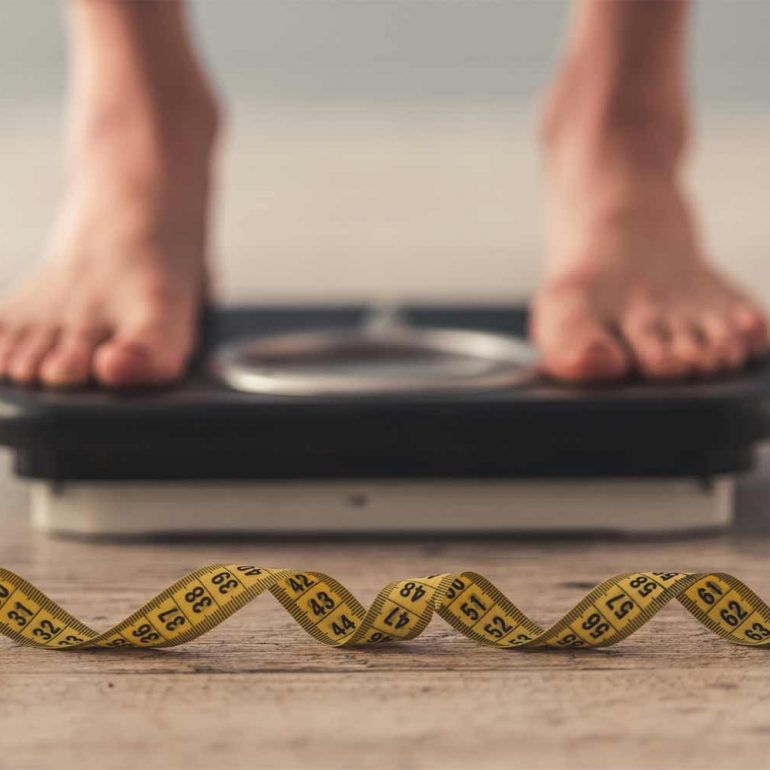Exercise is crucial for health and longevity. A huge study published in JAMA Internal Medicine in May 2016, on 1.44 million Americans and Europeans, has linked a high level of physical activity to a reduction in the risk of 13 different cancers, including breast, colon, lung, and liver.1 A low level of fitness is known to be a risk factor for cardiovascular and all-cause mortality.2
So there is no question that exercise is a key factor in the health and fitness of your body. Yet, for many people, the question is how much time and ability is necessary for exercise to be beneficial? The good news is that even short sessions of exercise bring big results. The bad news is Americans are not getting enough exercise.
How much exercise is enough to be valuable?
The current Physical Activity Guidelines for Americans call for adults to do a minimum of 150 minutes of moderate intensity aerobic activity per week or 75 minutes of vigorous aerobic activity, and they recommend doubling that amount of activity for additional substantial benefits to health. In addition, the guidelines call for moderate- to high-intensity strength training at least two days per week.
The percentage of Americans who meet these guidelines has improved from 15.1 percent in 2000 to 21.5 percent in 2014, but that still leaves the vast majority getting inadequate activity.3
Minimum consistent exercise pays off
Even a small, regular dose of exercise makes a difference. In a pooled analysis of six studies, people who got regular exercise, but a smaller amount than the federal recommendations, still had a 20 percent decrease in mortality risk compared to those who were sedentary. Those who met the recommendations had a 31 percent decrease in risk; the risk reduction reached a plateau at 39 percent for 3-5 times the recommended minimum of activity.4
Studies on runners have found similar results. Large reductions in all-cause mortality risk are commonly found in groups that run moderate amounts compared to those that are sedentary: running or jogging about 2-3 times per week, a total of 1-3 hours per week, at 6 miles per hour or slower.5,6
These results suggest that there are significant longevity benefits to be gained with even a small amount of moderate exercise. That being said, exercising more vigorously (for example, running rather than walking briskly) provides a greater benefit. Comparing exercise of different intensities but the same total calorie expenditure, more intense exercise has more potent effects on cardiorespiratory fitness.7,8 Also, vigorous exercise is associated with greater reductions in cardiovascular risk compared to moderate exercise.9
Comparing high-intensity interval training with moderate exercising
Exercise is powerful preventive medicine, but many people think they can’t fit adequate exercise into their busy schedules. Could we use the high-intensity exercise strategy to reduce the amount of time we need to spend on exercise for good health (exercise very vigorously for just a few minutes)? This is what proponents of high-intensity interval training (HIIT) claim.
High-intensity interval training (HIIT) generally includes a short burst (usually 20-60 seconds) of maximum or near maximum effort followed by a recovery period, repeated several times. HIIT is used as a time-efficient strategy for improving cardiorespiratory fitness and athletic performance.10,11
A notable study on HIIT published in PLoS One in April 2016 sparked headlines claiming that one minute of very intense exercise could produce the same health and fitness benefits as 45 minutes of moderate exercise. The study compared traditional endurance exercise to HIIT by assigning previously inactive men to three different groups for 12 weeks:
- Sedentary control group
- Endurance exercise group (3 days/week: 45 minutes on a stationary bike at a moderate pace, including a 2-minute warm-up and 3-minute cooldown)
- Interval training group (3 days/week: 2-minute warm-up, 20-second all-out sprint, slow 2 minutes, 20-second sprint, slow 2 minutes, 20-second sprint, 3-minute cooldown; a total of one minute of high-intensity activity)
Before and after, the researchers took muscle biopsies and blood to measure indicators cardiorespiratory fitness and insulin sensitivity; they also measured body composition. Both groups saw improvements in their body fat percentage, cardiorespiratory fitness, insulin sensitivity, and skeletal muscle markers of fitness and glucose metabolism. The striking finding was that the improvements were similar in the two exercise groups.12,13
This study is notable because of the small time commitment they studied – 10 minutes, 3 days per week. At the end of the 12-week study, the total time spent on stationary bikes was 27 hours in the moderate intensity group and 6 hours in the HIIT group, but the benefits were similar.
One of the most common reasons people choose not to exercise is because they think they don’t have enough time. This research suggests you don’t need much time at all.
My exercise DVD Osteoporosis Protection for Life leads people in a brief set of exercises that both stabilize balance and proprioception and protect the vulnerable areas of the body from bone loss. Combined with brief bursts of cardiovascular activity, Osteoporosis Protection for Life can target your limited exercise time to be most valuable and protective.
- Moore SC, Lee IM, Weiderpass E, et al. Association of Leisure-Time Physical Activity With Risk of 26 Types of Cancer in 1.44 Million Adults. JAMA Intern Med 2016.
- Kodama S, Saito K, Tanaka S, et al. Cardiorespiratory fitness as a quantitative predictor of all-cause mortality and cardiovascular events in healthy men and women: a meta-analysis. JAMA 2009, 301:2024-2035.
- QuickStats: Percentage of U.S. Adults Who Met the 2008 Federal Physical Activity Guidelines for Aerobic and Strengthening Activity,* by Sex – National Health Interview Survey, (dagger) 2000-2014. MMWR Morb Mortal Wkly Rep 2016, 65:485.
- Arem H, Moore SC, Patel A, et al. Leisure time physical activity and mortality: a detailed pooled analysis of the dose-response relationship. JAMA Intern Med 2015, 175:959-967.
- Schnohr P, O’Keefe JH, Marott JL, et al. Dose of jogging and long-term mortality: the Copenhagen City Heart Study. J Am Coll Cardiol 2015, 65:411-419.
- Lee DC, Pate RR, Lavie CJ, et al. Leisure-time running reduces all-cause and cardiovascular mortality risk. J Am Coll Cardiol 2014, 64:472-481.
- Boule NG, Kenny GP, Haddad E, et al. Meta-analysis of the effect of structured exercise training on cardiorespiratory fitness in Type 2 diabetes mellitus. Diabetologia2003, 46:1071-1081.
- Gormley SE, Swain DP, High R, et al. Effect of intensity of aerobic training on VO2max. Med Sci Sports Exerc 2008, 40:1336-1343.
- Swain DP, Franklin BA. Comparison of cardioprotective benefits of vigorous versus moderate intensity aerobic exercise. Am J Cardiol 2006, 97:141-147.
- Weston M, Taylor KL, Batterham AM, Hopkins WG. Effects of low-volume high-intensity interval training (HIT) on fitness in adults: a meta-analysis of controlled and non-controlled trials. Sports Med 2014, 44:1005-1017.
- Weston KS, Wisloff U, Coombes JS. High-intensity interval training in patients with lifestyle-induced cardiometabolic disease: a systematic review and meta-analysis. Br J Sports Med 2014, 48:1227-1234.
- Reynolds G: 1 Minute of All-Out Exercise May Have Benefits of 45 Minutes of Moderate Exertion. In The New York Times 2016.
- Gillen JB, Martin BJ, MacInnis MJ, et al. Twelve Weeks of Sprint Interval Training Improves Indices of Cardiometabolic Health Similar to Traditional Endurance Training despite a Five-Fold Lower Exercise Volume and Time Commitment. PLoS One 2016, 11:e0154075.
Joel Fuhrman, M.D. is a family physician, New York Times best-selling author and nutritional researcher who specializes in preventing and reversing disease through nutritional and natural methods. Dr. Fuhrman is an internationally recognized expert on nutrition and natural healing, and has appeared on hundreds of radio and television shows including The Dr. Oz show, The Today Show, Good Morning America, and Live with Kelly. Dr. Fuhrman’s own hugely successful PBS television shows, 3 Steps to Incredible Health and Dr. Fuhrman’s Immunity Solution bring nutritional science to homes all across America.




